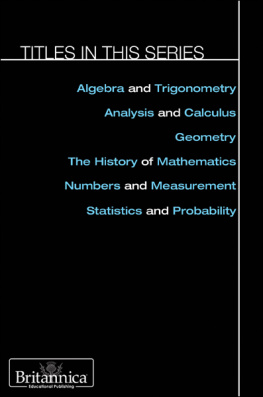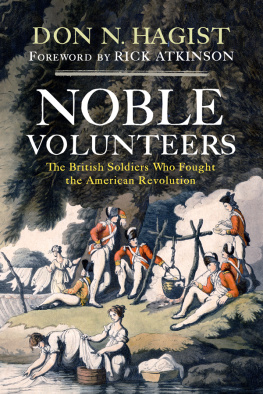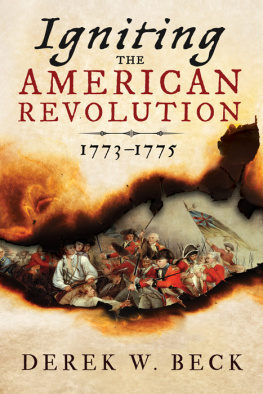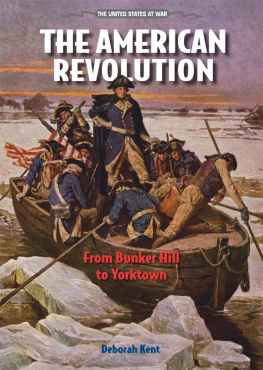THE AMERICAN REVOLUTION AND THE YOUNG REPUBLIC: 1763 to 1816
DOCUMENTING AMERICA
THE PRIMARY SOURCE DOCUMENTS OF A NATION
THE AMERICAN REVOLUTION AND THE YOUNG REPUBLIC: 1763 to 1816
EDITED BY JEFF WALLENFELDT, MANAGER, GEOGRAPHY AND HISTORY
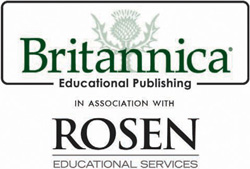
Published in 2012 by Britannica Educational Publishing
(a trademark of Encyclopdia Britannica, Inc.)
in association with Rosen Educational Services, LLC
29 East 21st Street, New York, NY 10010.
Copyright 2012 Encyclopdia Britannica, Inc. Britannica, Encyclopdia Britannica,
and the Thistle logo are registered trademarks of Encyclopdia Britannica, Inc. All
rights reserved.
Rosen Educational Services materials copyright 2012 Rosen Educational Services, LLC.
All rights reserved.
Distributed exclusively by Rosen Educational Services.
For a listing of additional Britannica Educational Publishing titles, call toll free (800) 237-9932.
First Edition
Britannica Educational Publishing
Michael I. Levy: Executive Editor
Marilyn L. Barton: Senior Coordinator, Production Control
Steven Bosco: Director, Editorial Technologies
Lisa S. Braucher: Senior Producer and Data Editor
Yvette Charboneau: Senior Copy Editor
Kathy Nakamura: Manager, Media Acquisition
Jeff Wallenfeldt: Manager, Geography and History
Rosen Educational Services
Heather M. Moore Niver: Editor
Nelson S: Art Director
Cindy Reiman: Photography Manager
Karen Huang: Photo Researcher
Matthew Cauli: Cover Design
Brian Garvey: Designer
Introduction by Jeff Wallenfeldt
Library of Congress Cataloging-in-Publication Data
The American Revolution and the young Republic, 1763 to 1816 / edited by Jeff Wallenfeldt.
p. cm.(Documenting America: the primary source documents of a nation)
Includes bibliographical references and index.
ISBN 978-1-61530-716-6 (eBook)
1. United StatesHistoryColonial period, 1600-1775Sources. 2. United States
HistoryRevolution, 1775-1783Sources. 3. United StatesHistory1783-1815Sources. I.
Wallenfeldt, Jeffrey H.
E173.A7537 2012
973.2dc23
2011021358
On the cover: Rendering by William Barnes Wollen of the Battle of Lexington, which took place on April 19th, 1775. The Bridgeman Art Library/Getty Images. (Background and back cover) The Declaration of of Independence. National Archives, Washington, D.C.
On pages : The U.S. Constitution was signed on Sept. 17, 1787; painting by Howard Chandler Christy. SuperStock
On pages : The Liberty Bell, now a national symbol of freedom, was commissioned in 1751 and can still be viewed at Independence National Historic Park in Philadelphia, PA. Shutterstock.com
CONTENTS

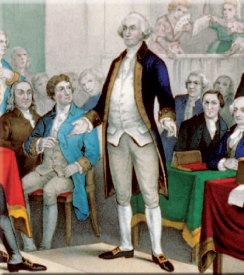

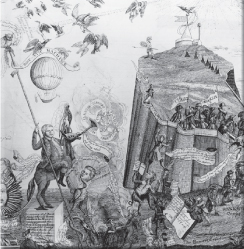
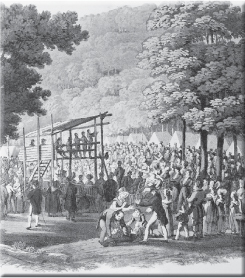
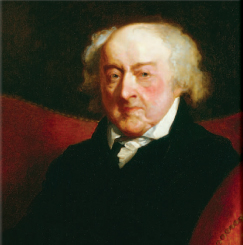

INTRODUCTION
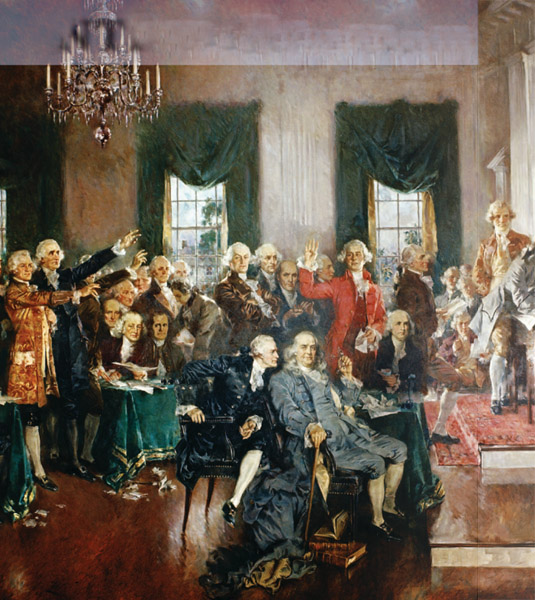
O nes understanding of any period of history is always deepened by close examination of primary sources. The careful description and reasoned discussion of most historiography allows the student of history to make sense of issues and ideals, but primary source accounts bring them vividly to life. Concepts and events that are often conveyed with academic equanimity in a historical narrative can seem to be shouted in primary sources, in which the frustration, determination, and dreams of historical actors surge off the page. Yet this up-close, often visceral experience of history can remain largely incomprehensible if it is not grounded in context. Linear history establishes when events occurred relative to one another, and the thematic interpretation of history offers an explanation of why events occurred. Bringing all these approaches together, this volume offers the opportunity for a multidimensional experience of history. Punctuated with excerpts from some of the eras most revealing primary sources (which can be read more fully in the Appendices), this account of American historyfrom the run-up to the Revolution to the early years of the Republicallows the reader to see the period in panoramic widescreen as well as with fly-on-the-wall intimacy. Each primary source document also includes an introduction that provides additional context.
No taxation without representation, We hold these truths to be self-evident, We the People of the United States: few phrases echo as loudly or resonate as meaningfully in the halls of American history as do these from the time of the countrys founding. As much as the personal statements provided in this volume, the political documents offered herethe declarations, resolutions, and legislationspeak loudly for this crucial period. They are the voice of the many, the Founders and the faithful, chiming together to proclaim the needs of a people who defied a great Empire. They are the transcript of the protests, the planning, and the negotiations that launched the American experiment in republican democracy.
The end of the Great War for the Empire (the French and Indian War), fought from 1754 to 1763, was in many ways the beginning of the American Revolution. As a result of Britains triumph in the war, its North American colonies had swelled to include not just Canada but large tracts of land reaching westward to the Mississippi River. This acquisition, however, had come at great cost to the British government. Fighting a war on the high seas and several continents was not cheap. Parliament decided that the colonies should share the cost and initiated a series of taxes.
The first of these taxes, generally referred to as the Sugar Act, which came in 1764, brought much grumbling but general acquiescence from the colonists, as did the Currency Act. The Stamp Act of 1765, an internal tax on legal documents, newspapers advertisements, and a variety of other transactions, was a different matter, sparking a defiant uproar from colonists. Although sincerely devoted with the warmest sentiments of affection and duty to His Majestys person and government, the members of the Stamp Act Congress made clear that they felt their rights as Englishmen had been violated by taxation without representation. Member of Parliament Soame Jenyns countered that the colonists, like all nonlandholders in England who could not vote, had virtual representation in Parliament. Ultimately, fearing the consequences of a colonial embargo on British goods, Parliament rescinded the tax but immediately enacted the muscle-flexing Declaratory Act, which more or less announced that Parliament had the right to legislate for the colonies in whatever manner it chose. The Townshend duties of 1767, external taxes on a variety of goods, made this point and again outraged the colonists. Although the duties were repealed in 1770, tensions continued to escalate with the increased presence of British troops, leading to the Boston Massacre and the best-known party in American history in response to the Tea Act of 1773: the Boston Tea Party.
Next page






